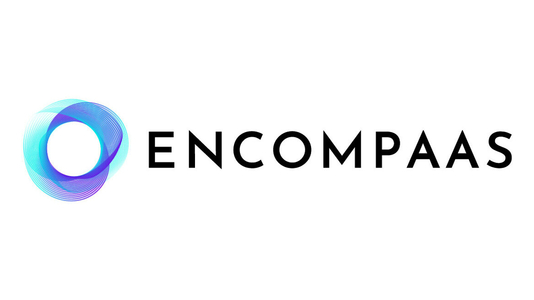

DAVID GOULD
Chief Customer Officer
EncompaaS
Companies want to harness the power of generative AI and get smart answers to important questions, but first they’ll have to discover, classify, manage and secure content from which those answers come from. And they’ll have to do so in a way that avoids content leaks and a black eye to their brand.
“You have to sift through literally petabytes of content in order to achieve a high data quality and get faster and more accurate responses,” said David Gould, Chief Customer Officer at EncompaaS. “Can you imagine the fallout to a brand’s reputation if a celebrity consumer’s bill or a chief executive’s expense report lands in a ChatGPT data pool?”
CMO Council Chief Content Officer, Tom Kaneshige, recently sat down with Gould to get a better understanding of the opportunities and challenges for intelligent content management amid the rapid rise of GenAI.
KANESHIGE: The CMO Council’s research has been shining a light on the high-velocity data marketer. How is this need for speed expressed in content management?
GOULD: Consider a large B2B company working through a complex customer rebate. They’re querying the system on what should be the amount. There’s a lot of data and content to factor in, and it can take up to two weeks to get an answer. With an intelligent information management system, it now takes two minutes.
KANESHIGE: What does it take to get there?
GOULD: Large enterprises use our products to discover content, understand content better, manage content through a lifecycle, and use content to provide a better answer to an AI-driven prompt. For instance, financial services can find out if the right public disclosure form was attached to the right content or whether or not customers were properly notified about an issue seven years ago. These are questions we can easily answer.
In more complex cases, global airports are buying our technology to do content classification. We go into their contracts with carriers to understand contractual terms for gate revenues. It’s critical because half of an airport’s revenue comes from airlines paying for gates. There may be thousands of contracts with airlines and vendors, and contracts can be very complex. Further, contracts often have emails, chats, instant messaging, working papers, amendments and other historical documents related to them.
When a party has an issue with an airline and wants reimbursement, the airport needs to understand what was contractually obligated. It needs to find the right contract or amendment, extract relevant information, and answer queries quickly and confidently.
KANESHIGE: Sounds like a Herculean task.
GOULD: It’s a confusing paradigm even for very sophisticated people. Compounding this complexity is the proliferation of data silos. Departments from procurement to marketing to lines of business all have their own repositories. Then you have organizations acquiring other organizations. How do you identify, classify, protect and retain all the information in those multiple repositories? You need an intelligent information management system.
KANESHIGE: How does GenAI impact this paradigm?
GOULD: There are two issues with GenAI and large language models like ChatGPT. The first is the holistic nature of data that’s being interrogated. If you’re using Microsoft Copilot, you can only interrogate online data in SharePoint Online. You’re not going to get a complete response because 80% of your corporate data is in other repositories. So not having a holistic view is a fundamental issue.
The other issue concerns large language models vs. small language models. Rather than relying on publicly available AI models to answer questions, companies are now turning their focus on internal content to create small language models.
If you want to, say, generate RFPs, what content will be used to provide answers to users’ questions? How do you find the content in the enterprise? What about the security, sensitivity and volatility of the information? How do you determine what information goes in? How do you prevent that information from getting into a ChatGPT data pool? That’s the biggest threat.
KANESHIGE: With data security, the CMO Council’s new report found that 46% of CMOs who work with CISOs willing to collaborate are satisfied in their ability to safeguard the brand. Among CMOs with CISOs unwilling or hesitant to collaborate, only 1% say the same thing.
GOULD: I love the focus on brand and reputation. A bank may have to pay a billion-dollar fine, but the real issue is the impact on brand. Customers will change banks right away if they feel their personal information isn’t protected. The whole thing really is about content security.
